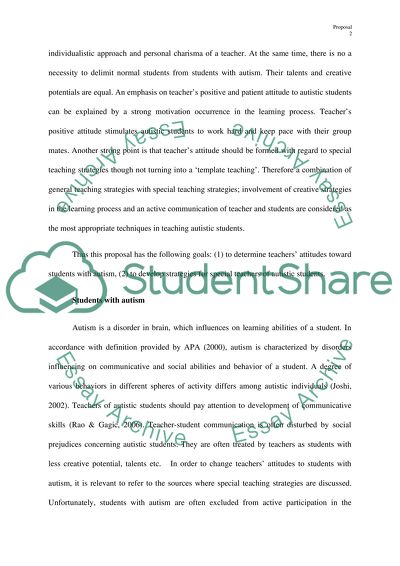Cite this document
(Challenges of Learning Process for Students with Autism Report Example | Topics and Well Written Essays - 1250 words, n.d.)
Challenges of Learning Process for Students with Autism Report Example | Topics and Well Written Essays - 1250 words. https://studentshare.org/education/1568187-proposal
Challenges of Learning Process for Students with Autism Report Example | Topics and Well Written Essays - 1250 words. https://studentshare.org/education/1568187-proposal
(Challenges of Learning Process for Students With Autism Report Example | Topics and Well Written Essays - 1250 Words)
Challenges of Learning Process for Students With Autism Report Example | Topics and Well Written Essays - 1250 Words. https://studentshare.org/education/1568187-proposal.
Challenges of Learning Process for Students With Autism Report Example | Topics and Well Written Essays - 1250 Words. https://studentshare.org/education/1568187-proposal.
“Challenges of Learning Process for Students With Autism Report Example | Topics and Well Written Essays - 1250 Words”. https://studentshare.org/education/1568187-proposal.


